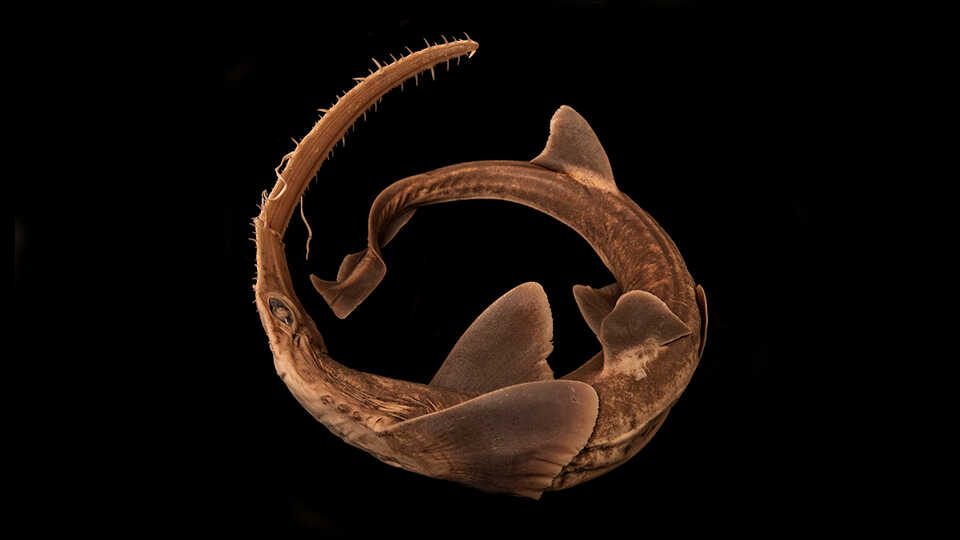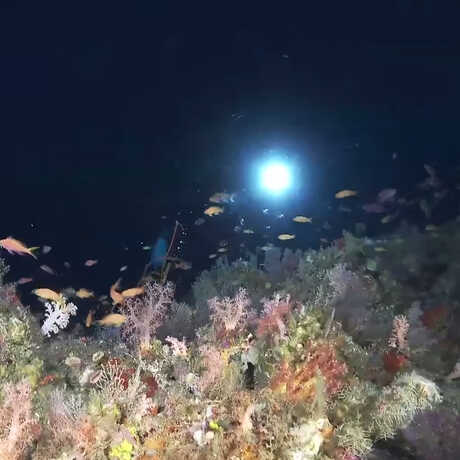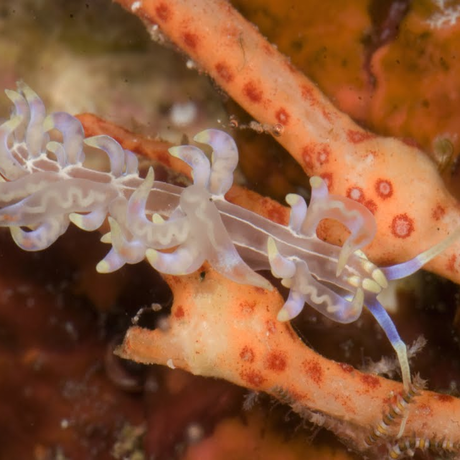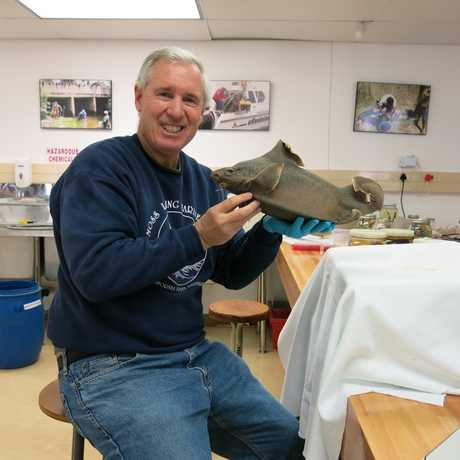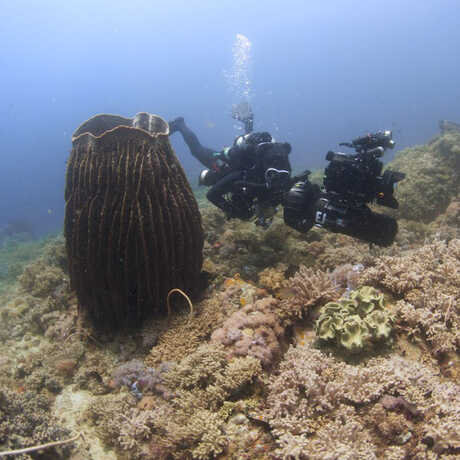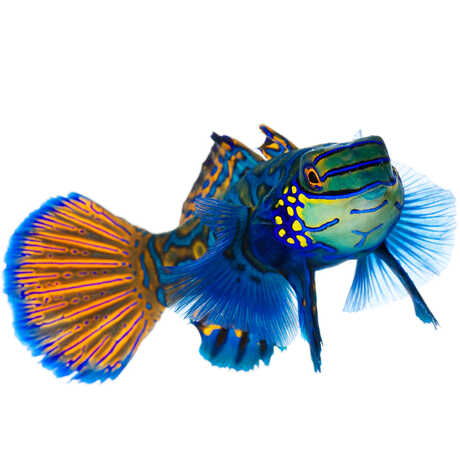Lana’s sawshark has only been documented as occupying the waters around the Philippine Islands, though researchers think it's likely distributed throughout the northwestern part of the Pacific. Very little is known about its population numbers, though Ebert has worked to help people in the Philippines be prepared to recognize these sawsharks if sighted.
